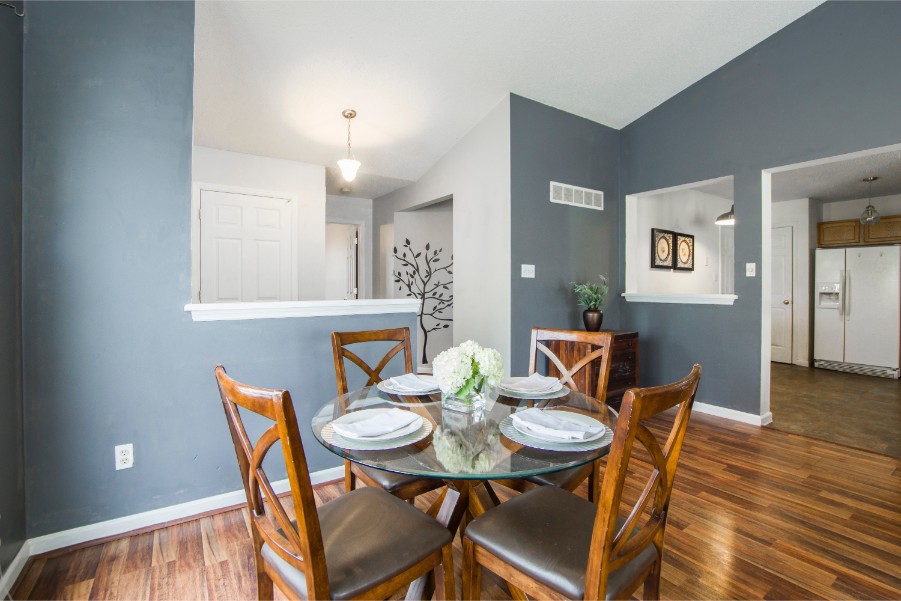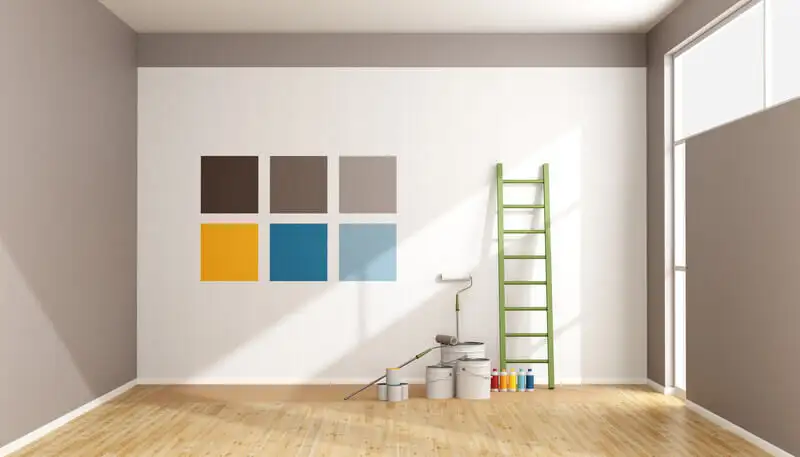Cleveland Metro Painting Specialists: Your Experts for Professional Painting Services
Cleveland Metro Painting Specialists: Your Experts for Professional Painting Services
Blog Article
Enhance Your Interior Decoration With Comprehensive Shade Assessment
The integration of shade consultation into interior decoration offers a distinct opportunity to fine-tune and boost the aesthetic and emotional resonance of an area. By involving with a seasoned color expert, you can navigate the intricacies of shade option, making sure that your choices not only complement architectural functions however also reverberate with individual design and emotional effect. This strategic collaboration can substantially affect the overall ambience of your atmosphere, fostering a feeling of harmony and objective. Comprehending the nuances of this procedure is vital-- what essential aspects should be taken into consideration to attain optimal results?
Benefits of Shade Consultation

Furthermore, shade assessment help in optimizing natural light and optimizing spatial understanding. Lighter shades can make a space show up even more large, while darker tones develop an intimate setup. Cleveland Metro Painting Specialists. This calculated application of shade can dramatically influence the overall ambiance of any type of indoor area
Furthermore, expert experts have a comprehensive understanding of classic classics and present patterns, making sure that the selected shades will continue to be appealing with time. This foresight can conserve customers from pricey redesigns in the future. Color examination encourages clients by offering them with a clear vision and direction, fostering self-confidence in their design selections and inevitably leading to a more enjoyable and effective indoor design end result.
Understanding Color Psychology
The relevance of shade psychology in interior decoration can not be overstated, as it explores the emotional and psychological impacts that numerous hues can stimulate in individuals. Colors can affect state of mind, actions, and also productivity, making them a vital factor to consider in any style task.
As an example, cozy colors such as red, orange, and yellow are usually related to power and warmth. They can stimulate sensations of excitement and comfort, making them appropriate for social areas like living kitchens or rooms. On the other hand, trendy colors like blue, green, and purple have a tendency to evoke calmness and harmony, making them suitable for bedrooms or reflection areas.
In addition, using neutral tones can create a well balanced setting by allowing the bolder shades to attract attention without overwhelming the detects. Understanding these mental effects allows developers to produce areas that not only look cosmetically pleasing yet additionally advertise psychological health.
Incorporating color psychology right into interior style entails a thoughtful selection of tones customized to the desired feature of each space, inevitably improving the general experience for its residents. This recognition is critical for achieving a practical and unified indoor setting.
The Shade Wheel Described
Comprehending the partnerships between colors is necessary for reliable interior decoration, and the color wheel functions as a useful device in this procedure. The color wheel, created by Isaac Newton in the 17th century, highlights the spectrum of colors set up in a round format. It consists of main shades-- red, blue, and yellow-- that can not be produced by mixing other colors. Secondary shades, formed by combining main colors, include environment-friendly, orange, and purple. Tertiary shades arise from mixing a primary and a second shade, causing colors such as blue and red-orange.
The color wheel helps designers understand the connections between shades, including complementary, comparable, and triadic plans. Complementary colors, positioned contrary her comment is here each various other on the wheel, create vivid contrasts that can energize a room.
Using the color wheel in interior style not only improves aesthetic appeal yet additionally stimulates particular feelings and ambiences, making it a vital recommendation for shade assessment. Understanding these connections inevitably encourages developers to develop areas that are both functional and visually fascinating.
Picking the Right Scheme
A well-chosen color system can link a space, enhance its features, and stimulate wanted emotions. Different areas offer diverse features and call for combinations that reflect their intended use; for instance, serene colors such as soft blues or eco-friendlies work well in rooms, advertising relaxation.
Next, consider the all-natural light available. Light can considerably change just how colors show up, so it is crucial to analyze the area at different times of the day. Additionally, my review here take into consideration existing building components and home furnishings. A harmonious scheme should complement these features, producing a cohesive look throughout the area.
When choosing shades, use the 60-30-10 rule, which suggests that 60% of the room should be a dominant shade, 30% an additional shade, and 10% an accent color. This ratio makes sure balance and visual passion (Cleveland Metro Painting Specialists). Sample shades on the wall surfaces before devoting, as this permits you to see exactly how the shades communicate with one another and the general atmosphere they develop in your indoor design task.
Collaborating With a Shade Expert

When collaborating with a shade consultant, the procedure usually these details begins with a preliminary examination. Throughout this conference, you'll review your vision, preferences, and the existing elements in your room. The expert will analyze your requirements and may suggest certain color schemes that align with your goals.
After establishing an instructions, the professional will offer examples and aesthetic aids to assist you picture the proposed shade plans. This action is important, as colors can show up differently under varying lights problems.
Furthermore, a color consultant can guide you in selecting complementary home furnishings, artwork, and accessories to balance with your selected palette. By collaborating carefully, you can accomplish a refined aesthetic that elevates your insides and develops an inviting environment. Eventually, the competence of a shade specialist can considerably improve the overall effect of your layout project.
Conclusion
In recap, comprehensive shade examination offers as a vital device for improving interior decoration. By leveraging expert expertise of shade psychology and spatial dynamics, a customized shade combination can be established to stimulate details feelings and create an unified atmosphere. This calculated technique not just cultivates a cohesive design story yet additionally mitigates the risk of costly redesigns. Ultimately, involving with a color consultant makes sure an educated and aesthetically pleasing outcome, elevating the general experience of the area.
By engaging with a seasoned shade expert, you can navigate the complexities of shade option, ensuring that your options not only enhance building features but additionally reverberate with individual design and emotional influence. It makes up primary colors-- red, blue, and yellow-- that can not be created by blending various other colors.The shade wheel assists designers understand the relationships in between shades, including corresponding, analogous, and triadic plans.When selecting shades, use the 60-30-10 rule, which recommends that 60% of the space ought to be a leading shade, 30% a second color, and 10% an accent shade. By leveraging expert understanding of color psychology and spatial characteristics, a tailored color combination can be developed to evoke specific emotions and develop a harmonious environment.
Report this page